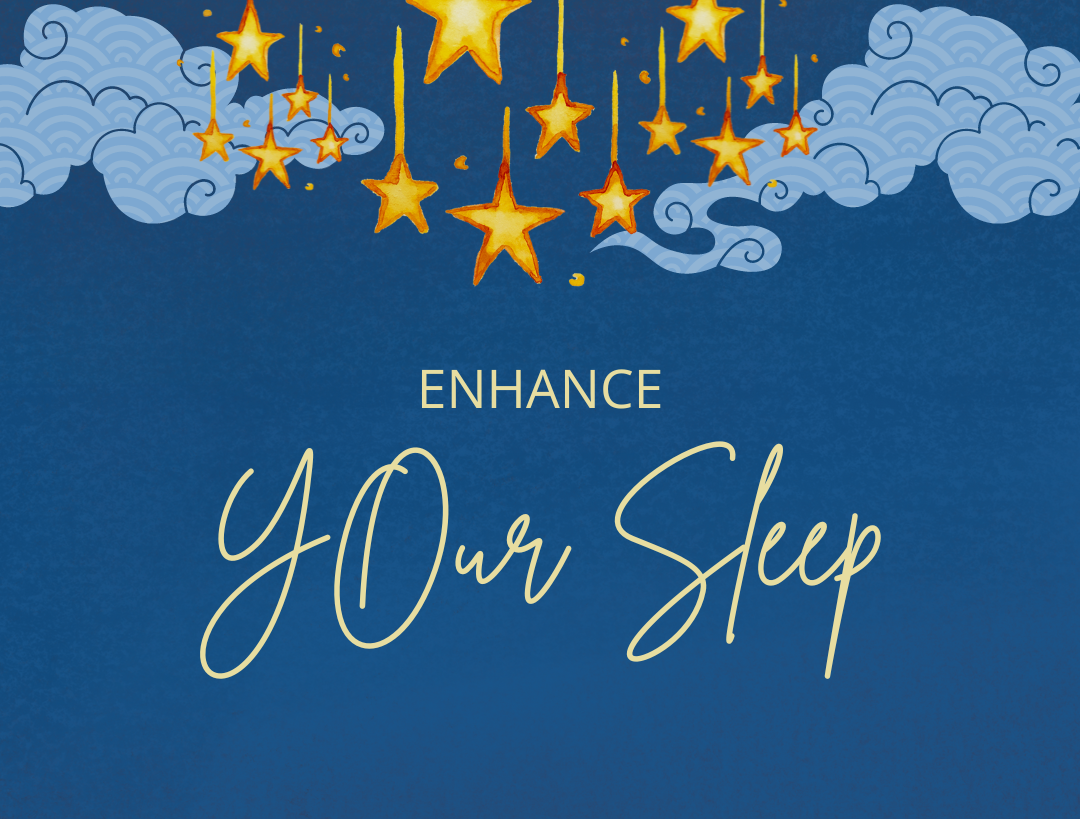Enhancing Sleep Using the QQRT Protocol

When one commits to adopting a health and fitness plan, they often don’t consider sleep. However, achieving restful and rejuvenating sleep is absolutely crucial for overall health and impacts every aspect of our well-being. Sleep is when our bodies rest, repair and recover and when we experience sleep deprivation, our physical and mental health suffers.
The QQRT protocol, an acronym for Quality, Quantity, Regularity, and Timing of sleep, is a comprehensive approach designed to optimize various aspects of sleep to ensure better sleep quality.
Here’s a breakdown of the QQRT protocol and how each component contributes to enhanced sleep:
Quality
 Measuring sleep quality involves a combination of objective and subjective methods that assess various aspects of sleep, including sleep patterns, sleep duration, sleep efficiency (time in bed versus time asleep) sleep stages, and individual perceptions of sleep quality. Sleep apps can provide sleep scores that measure all factors and will provide insight into how much time you spend within and the proportion of different sleep stages, including REM (rapid eye movement) sleep, deep sleep (stage 3 and 4), and light sleep (stage 1 and 2.
Measuring sleep quality involves a combination of objective and subjective methods that assess various aspects of sleep, including sleep patterns, sleep duration, sleep efficiency (time in bed versus time asleep) sleep stages, and individual perceptions of sleep quality. Sleep apps can provide sleep scores that measure all factors and will provide insight into how much time you spend within and the proportion of different sleep stages, including REM (rapid eye movement) sleep, deep sleep (stage 3 and 4), and light sleep (stage 1 and 2.
Simply, how rested and rejuvenated you feel upon awakening and how quickly you get out of bed and are ready to tackle your day, can be a powerful assessment of your sleep quality.
Quantity
While individual sleep needs vary, most health associations suggest that adults require between 7-9 hours of sleep per night for optimal health and well-being.
Regularity
Maintaining a consistent sleep schedule by going to bed and waking up at the same time every day, even on weekends, helps regulate the body’s internal clock and improve sleep quality.
Timing
Aligning your sleep schedule with your body’s natural circadian rhythm, which regulates sleep-wake cycles, can improve sleep quality and overall well-being. For example, some of us thrive by going to bed early and getting up early, while others are more night owls and thrive by going to bed later and sleeping in later. Assess which pattern best aligns with your lifestyle and your natural internal clock.
Implementing the QQRT Protocol
Sleep Environment
Creating a comfortable and conducive sleep environment can significantly improve sleep quality. This includes factors such as room temperature, lighting, and noise levels. You typically want the temperature in your bedroom at approximately 68 degrees or cooler, room darkening shades and minimal noise levels to enhance sleep.
Sleep Habits
Practicing good sleep hygiene involves adopting habits that promote better sleep quality, such as avoiding caffeine and electronics before bedtime and adopting the 3-2-1 approach to sleep that I wrote about in a previous column.
Bedtime Routine
Establishing a relaxing bedtime routine can signal to the body that it is time to wind down and prepare for sleep, improving sleep regularity and quality.
Relaxation Techniques
Incorporating relaxation techniques, such as deep breathing, progressive muscle relaxation, and meditation, can help calm the mind and body, facilitating deeper and more restorative sleep. You can find and follow short 5-10 minutes relaxation scripts on Spotify or Calm.
Optimize schedule
Find the optimal bedtime and waketime for you, maintain a consistent sleep schedule, and avoid excessive napping to regulate the body’s internal clock.
Morning Exposure to Natural Light
Exposing yourself to natural light in the morning can help regulate your internal clock, improve mood, and enhance sleep quality.
Yours in health & fitness,
Sherri McMillan
